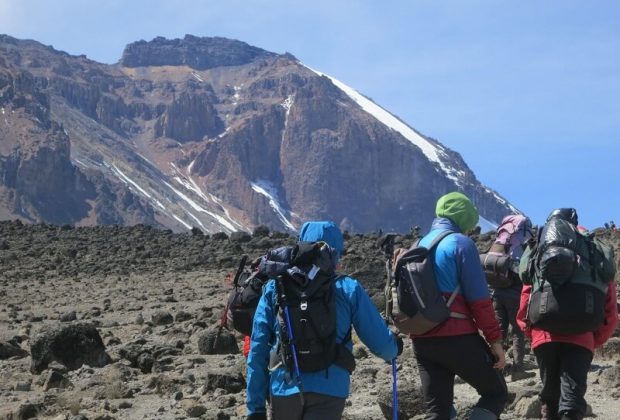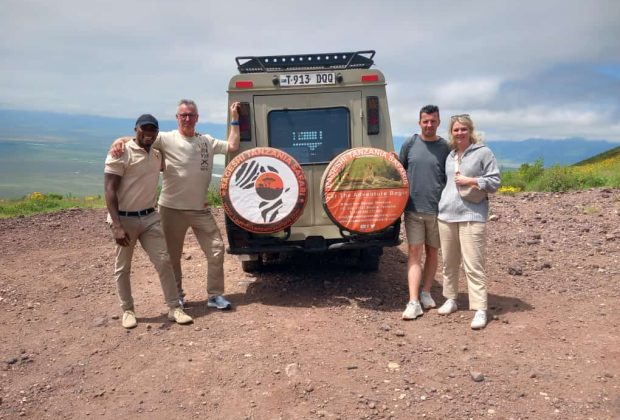Making sure you’re physically fit for Kilimanjaro will make the whole experience more enjoyable. Good cardiovascular health will give you stronger lungs, so regular runs, bike rides or gym classes in the months prior to your trek will really help. It’s also good to use strength training to prepare, so using weights and doing core exercises such as planks, squats and lunges will strengthen your legs for hiking.
The best way to prepare for the trek itself is through plenty of long walks. Doing regular 4-6 hour walks in the boots you’ll be wearing (to avoid blisters when you’re on Kilimanjaro) and with your backpack filled with the snacks you’ll eat on the mountain; this will help you to get used to the time on your feet and which foods you prefer to eat while hiking. In the few months before your climb you should aim to do one of these walks at least every two to three weeks; more if you can fit them in.




